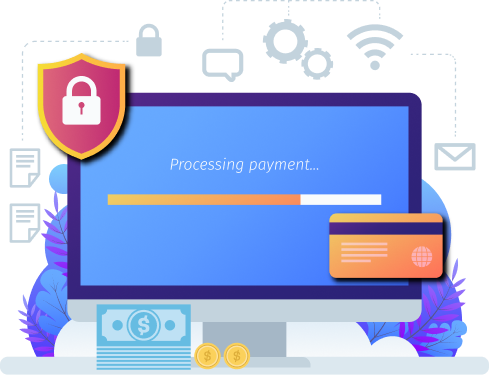
Engaging the Board of Directors to enhance governance maturity remains a challenging endeavour. In today's digital age, cyber threats are a constant and evolving danger to organizations of all sizes. The responsibility of safeguarding an organization against these threats doesn't rest solely on the technical or risk departments; it extends to the highest levels of leadership, including the Board of Directors (BoD).
Governance Challenges
- Leadership Involvement: Ensure that leadership, including the CEO, actively participates in and supports data risk awareness initiatives (and all Cyber risk awareness). This demonstrates the importance of data security and encourages a culture of vigilance.
- Clear Policies and Procedures: Develop and communicate clear data security policies and procedures. Ensure that employees understand their roles and responsibilities in protecting sensitive information.
- Access Control and Monitoring: Implement strict access controls and monitor employee activities to detect and prevent unauthorized access to sensitive data. Educate employees a between words importance of these measures and how they contribute to overall security.
Cybersecurity Case Study
Organizations: Government departments, financial institutes, Real estate and Insurance agencies, Hospitals and tourism portals.
- Incident Details: Data breach, compromised privacy.
- Causes
- Vulnerability Exploitation: Perimeter Vulnerability
- Inadequate Patch Management: Missing critical patches on critical endpoints.
- Lack of Segmentation: Inadequate isolation of critical data
- Attack
- The attackers were able to move laterally within the organization network due to inadequate network segmentation.
- Weak Incident Response: slow and inefficient. The organization took more than a month to detect the breach and additional time to assess its impact.
Preventive Strategy
- Become proactive then reactive
- Data driven approach
- Measurable metrics
- Qualitative results
- Enhance organization overall security posture by aligning with international standards like CIS, CSF, COBIT and NIST security frameworks.
- Follow International Compliances: ISO 27k, GDPR, PCI, HIPAA, SOC2 etc.
- Identify and remediate vulnerabilities in critical systems using VAPT testing and vulnerability scanning.
- Develop organization risk register and risk appetite.
- Implement a robust user training program to educate employees on cyber threats and best practices.

Methodology
- Risk Assessment: Conduct a security assessment to evaluate organization current security profile aligned with CMMI framework and NIST Special Publication (SP) 800-53.
- Regular VAPT scanning of critical devices to protect perimeter as well as LAN infrastructure.
- Develop roadmap: Based on results of VAPT and Risk analysis, identify risks, prioritize them and evaluate their impact. Calculate qualitative impact to develop risk register and risk appetite.
User training
Lessons Learned
- Proactive Measures: VAPT allows organizations to take proactive measures to fix vulnerabilities before they can be exploited by attackers.
- Reduction of Attack Surface: By addressing identified vulnerabilities, organizations can significantly reduce their attack surface, making it harder for attackers to infiltrate their systems.
- Regular Security Audits: Compliance and Regulatory Requirements, conducting regular security audits and assessments can help identify and address vulnerabilities before they can be exploited by attackers.
- Timely Patch Management: Organizations must ensure timely application of security patches and updates to prevent exploitation of known vulnerabilities.
- Effective Incident Response: Implementing a robust incident response plan is critical. Regularly testing and updating the plan can help organizations respond quickly and effectively to security incidents.
- Network Segmentation: Proper network segmentation can limit an attacker’s ability to move laterally within a network and access sensitive data.
- Endpoint protection: In a hybrid environment, it is crucial to ensure that all endpoints are protected.
- Employee Training: Continuous training and awareness programs for employees can help in identifying and mitigating potential security threats.
Risk Management
Equipping IT technicians with the right tools to defend against security risks is vital for maintaining a robust security posture, ensuring compliance, managing risks, and protecting sensitive data. It enhances efficiency, saves costs, and builds trust with customers, ultimately contributing to the organization’s overall security and success.
As a TMBS consultant, we offer a comprehensive bundle that includes both risk analysis and cybersecurity services. Organization will benefit from the expertise of an entire team. This means you'll receive a more robust and multifaceted approach to protecting your business.




